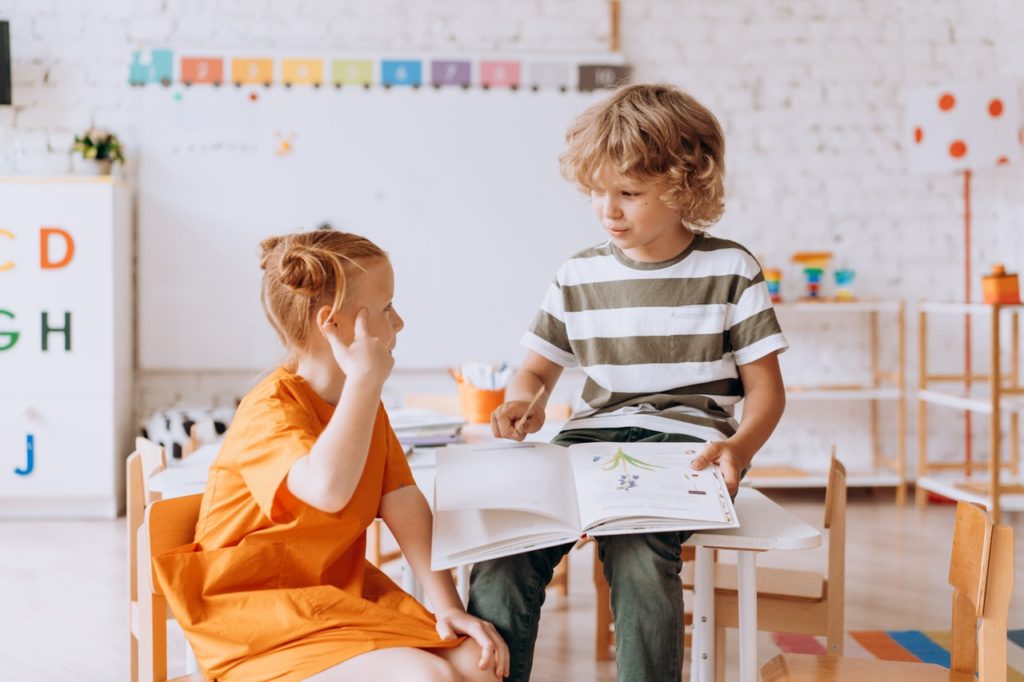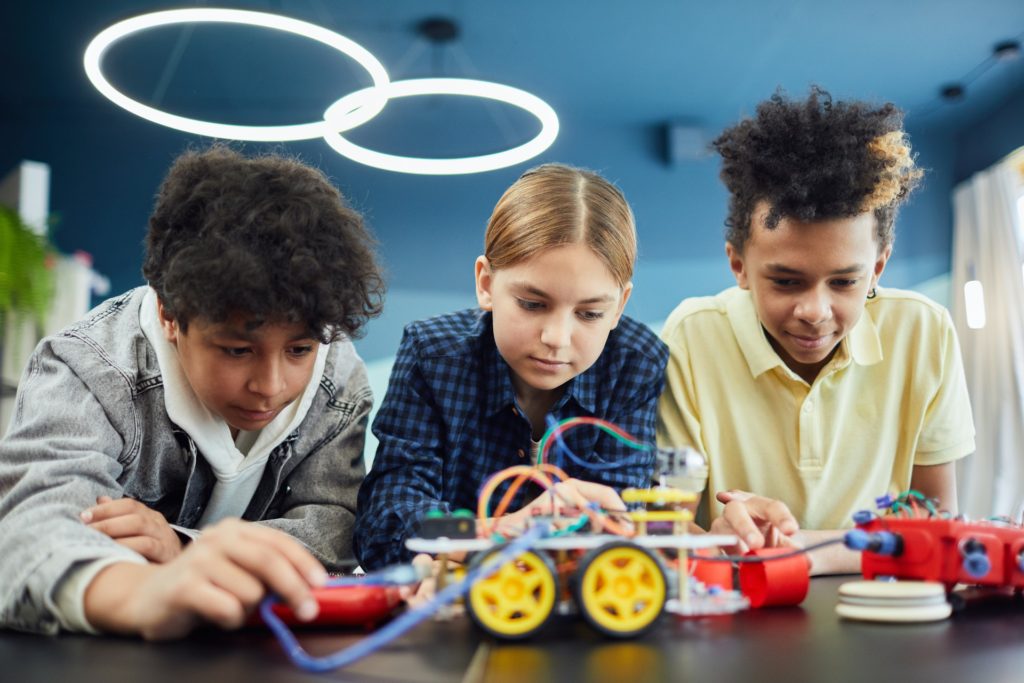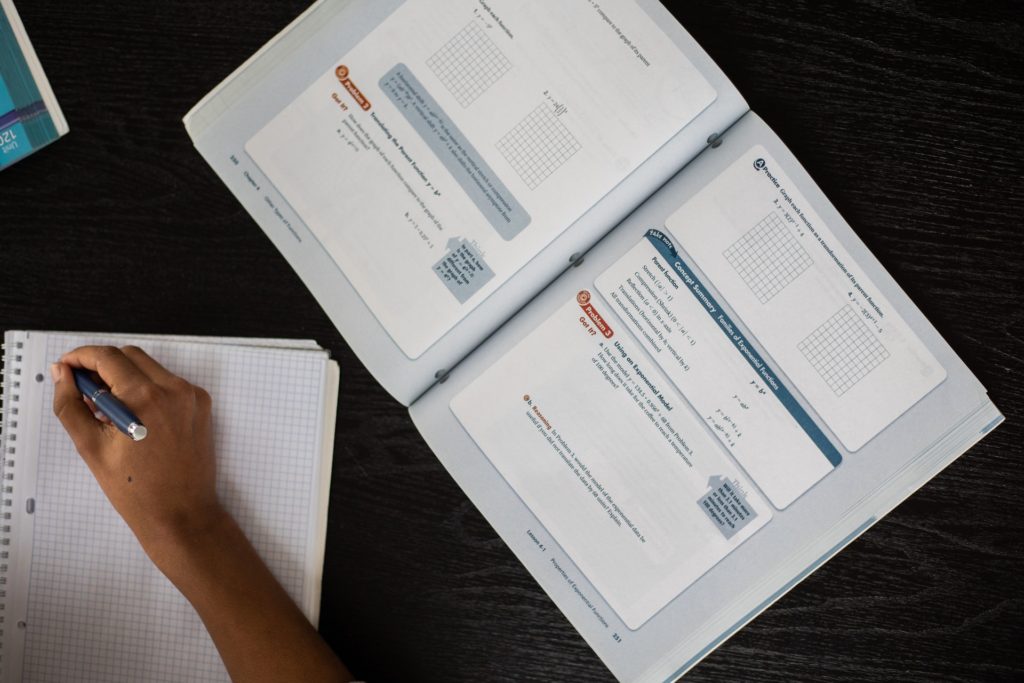Table of Contents
How do you group students in your classes? This five to ten minute professional development article on grouping students will guide you or your school through a scenario and pose questions for discussion and reflection.
All scenarios are fictitious, but meant to represent categories of difficult classroom situations teachers are often faced with. Read to the end of the article for suggested interventions based on current neuroeducational research.
The Situation
A teacher speaks with their head of department seeking advice on how to manage a particularly difficult class. The students’ background knowledge on the subject and approaches to learning are at widely different levels.
Some students have a strong science background and are quick to pick up on new concepts, but other students seem to be constantly in a daze and struggle with even fundamental topics that they should know by this point.
The teacher attempts to explain things carefully and slowly to ensure everyone understands, but this has led to some of the stronger students getting bored and disengaging, frustrated that so much time is being spent on things they already know.
This makes the students who are falling behind feel stupid and embarrassed to raise their hand to seek support. Now, the teacher is unsure who is engaged, who is falling behind, or how to help everyone at the pace they need to work.
What is Important to Consider When Grouping Students?
The head of department suggests grouping students so that the teacher has more time to help students at an individual level, but how should the students be grouped? Discuss (or reflect on your own) how you’ve grouped students for various work in the past and your reasoning behind your choices.
How to Group Students of Varying Ability Levels
Firstly, there is no one correct way of grouping students, and teachers must always use their personal and professional knowledge of their students to decide who will work best together. In this situation, however, one way that would probably not be a healthy pairing would be to put one strong student with one struggling student.
Though it might make sense to have strong students take their learning to the next level by teaching their peers, simultaneously deepening their own understanding and helping their peers to catch up, this is the exact dynamic of the class that has led to frustration. While some groups may be successful in this model, there will still certainly be pairs where one student is frustrated that they’re stuck teaching basics to their friend rather than getting to work on something new and exciting at their level of challenge.
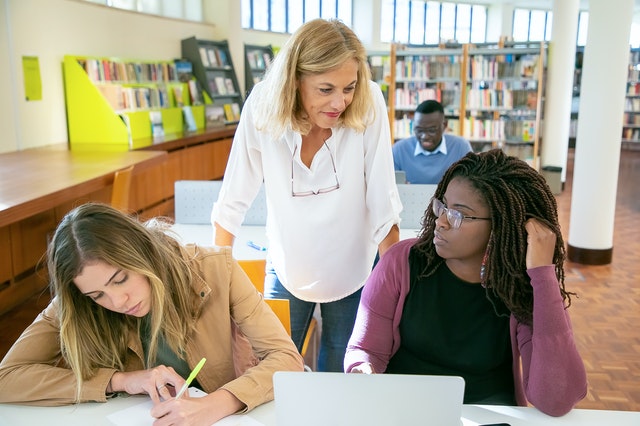
Reciprocal Peer Teaching (RPT) is a strategy of pairing students of similar abilities given different skills or content to learn and then tasking them with teaching their part to their partner. One area where this approach has been implemented for years is in medical schools.
Due to a shortage of trained medical professionals to teach anatomy using cadavers, medical schools have programs of RPT in place so that students can simultaneously learn separate anatomical features or procedures and then later work together to learn both procedures despite each having only learned one half of the content.
While it is one thing for highly able and diligent medical students to collaborate, does the same theory hold true for students with less drive or ability?
Ironically, RPT was actually first developed as a method to empower low achieving urban students who struggled with almost all other approaches. (Fantuzzo et al.) Since its inception, it has even been implemented with elementary students showing that this technique has merits for all ages and natural ability levels. (Topping and Ehly)
This might sound like the blind leading the blind, but the research done on the efficacy of this practice showed that “the mean performance of students on objective examinations was significantly higher after introduction of RPT compared to the performance before introduction of RPT.”
Not only did the medical students’ scores objectively improve by teaching each other procedures, but an earlier study reported “that 100% of students agreed the RPT experience increased their understanding of the topics they taught and 97% agreed it increased their retention of information they taught to their peers. In addition, 92% agreed that RPT improved their communication skills, which can be applied beyond anatomy.” (Krych et al.) Why does teaching less, actually teach more in this case?
The perhaps not so surprising answer is that students care more about how their peers view them than the teachers opinion or any grade they might receive. When asking the medical students about their experience with RPT, “83 % of students either agreed or strongly agreed that they were more likely to read the dissection manual before the RPT dissection session compared to 35 % for the traditional method.” (Manyama et al.)
Because the medical students knew they would be tested on their knowledge in front of their classmates, the students were far more likely to prepare for the lesson in order to either not lose face or to impress their partner. The improvement in scores isn’t entirely due to simple social pressure of grouping students, however.
Another key factor is the deeper level of understanding and ability students need to achieve in order to be able to properly teach what they’ve learned to their partner. This plus the additional layer of testing when they teach what they’ve learned, while not graded, will still show students how well they have grasped what they have learned from their ability to explain the concepts clearly with proper terminology and answer questions from their partner.
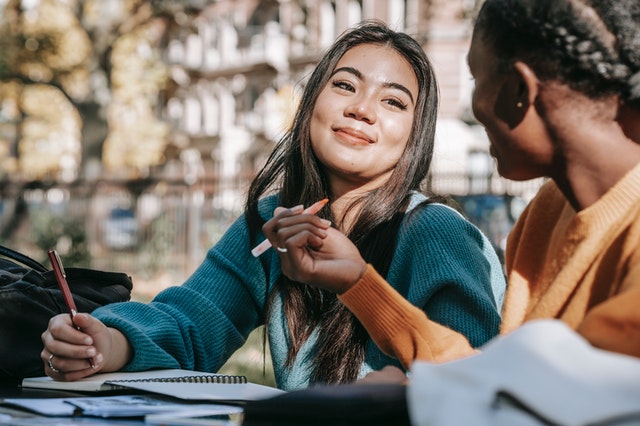
When students have to gather knowledge and then directly put it into practical use by teaching it to their peers, they have a better chance of learning the information and then retaining it than with the traditional passive methods of learning. The increased ownership and social aspect of grouping students will help the student to take pride in what they do because it is more a result of their own efforts. This doesn’t mean that teachers have less to do, however!
This type of classroom actually requires a lot more flexibility and intuition from the teacher as they must form successful groups, provide the appropriate amount of guidance and independence, all while preparing all of the materials and providing feedback on progress to each pairing. While more effort from the teacher, a classroom full of independent learners instead of a sea of glazed over eyes is worth the extra organizational effort!
More Questions to Consider
What are some of the other things to consider when grouping students besides ability?
Should grouped students remain together or should groups shift regularly?
How can group dynamics be monitored?
When is it best to let students solve their own problems and when should the teacher intervene?
Want more like this? Make Lab to Class a part of your weekly professional development schedule by subscribing to updates below.
References
Fantuzzo, John W., et al. “Effects of Reciprocal Peer Tutoring on Mathematics and School Adjustment: A Component Analysis.” Journal of Educational Psychology, vol. 84, no. 3, 1992, pp. 331–339., https://doi.org/10.1037/0022-0663.84.3.331.
Krych, Aaron J., et al. “Reciprocal Peer Teaching: Students Teaching Students in the Gross Anatomy Laboratory.” Clinical Anatomy, vol. 18, no. 4, 2005, pp. 296–301., https://doi.org/10.1002/ca.20090.
Manyama, Mange, et al. “Improving Gross Anatomy Learning Using Reciprocal Peer Teaching.” BMC Medical Education, vol. 16, no. 1, 2016, https://doi.org/10.1186/s12909-016-0617-1.
Topping, Keith J., and Stewart Ehly. Peer-Assisted Learning. Lawrence Erlbaum, 1998.

